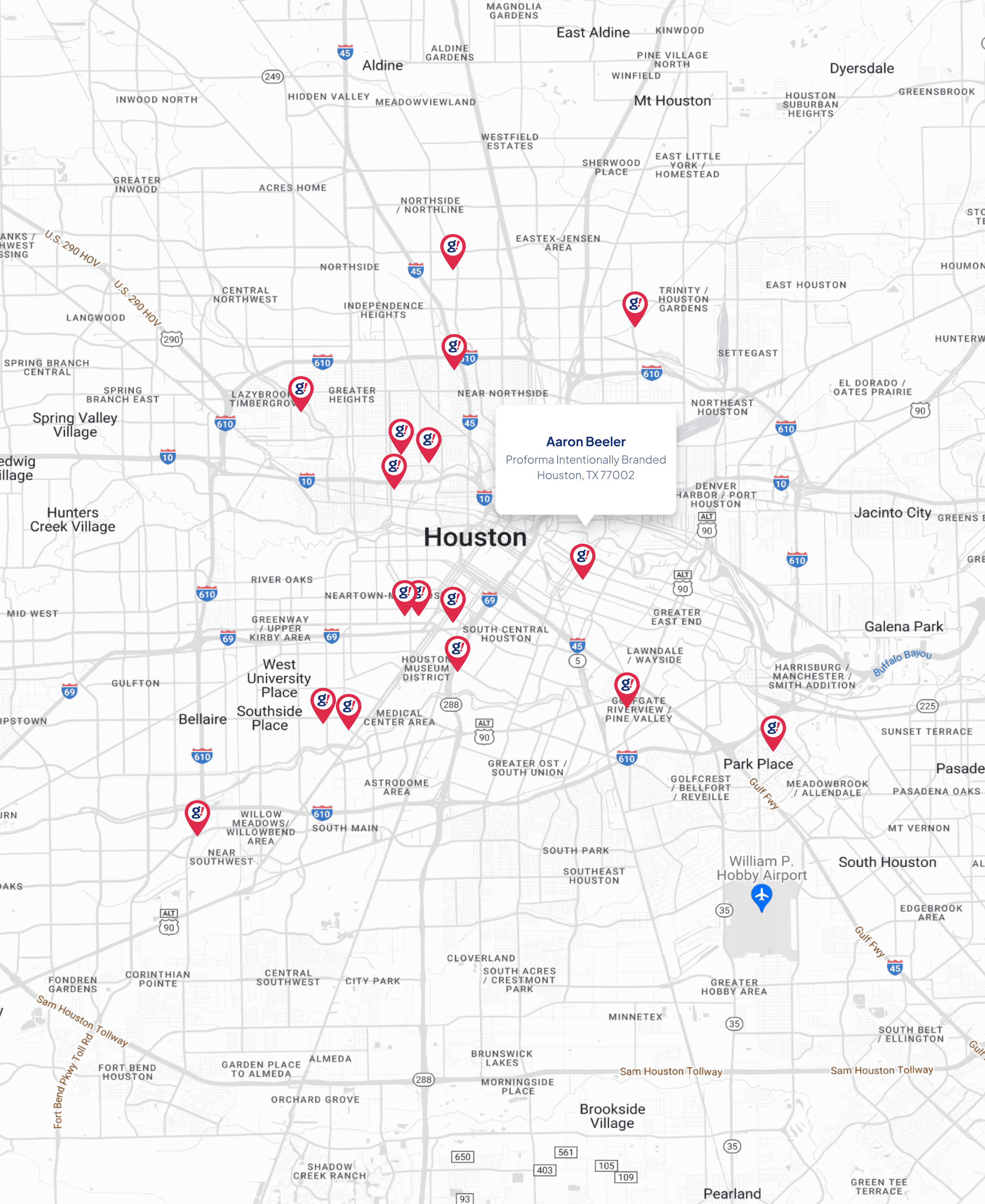There’s a moment with agents that feels like time bends, when you stop reacting, and start planning.
In agentic AI, that shift from “think‑as‑you‑go” to “plan then execute” isn’t just stylistic. It’s foundational. For systems that scale, need reliability, transparency, and guardrails, Plan‑then‑Execute (P‑t‑E) patterns are fast becoming the gold standard.
Let’s dive into how we can build resilient AI agents using FastAPI & LangGraph (or LangChain with LangGraph‑style orchestrators), separating strategy from action, and embedding robustness at every layer.
What is Plan‑then‑Execute?
At its core, P‑t‑E means:
- Planner Phase: The agent (usually via an LLM) sketches out a multi‑step plan, a high‑level roadmap of what to do, how to break down the goal, how to sequence tools or subtasks.
- Executor Phase: Another component (or components) carry out those steps. These might use smaller models, specialized tools, APIs, or human checks.
- Monitoring, Checkpoints, & Replanning: Since the world is uncertain, execution needs observability. If something fails, drift occurs, or new input changes the landscape, the system can revise the plan dynamically.
This differs from reactive or ReAct‑style agents, which interleave “thought / reason” + “act” in a loop, often without a global roadmap. The benefit of P‑t‑E: more structure, better predictability, easier to enforce safety & guardrails.
Why FastAPI + LangGraph is a Killer Combo
- FastAPI gives you async, high performance, lightweight endpoints. Perfect for exposing agent behavior (planner + executor) via HTTP APIs, webhooks, UI dashboards.
- LangGraph provides stateful, graph‑based workflows. You can define workflows where nodes are planning steps or tool calls, edges are dependencies, with branching, loops, conditional edges. Real workflows: graph‑structured.
- Together, they let you build agents where plan generation, execution, error handling, fallback logic are cleanly modular and observable. Want to swap out the planner model or the executor tools? Drop in new ones. Want to instrument metrics or logs? Always possible.
Core Components of a Resilient Plan-then-Execute Agent
To build a solid Plan-then-Execute system, there are a few key building blocks to keep in mind.
The Planner Module is where everything begins. It takes a high-level goal and breaks it down into steps, using an LLM (sometimes combined with heuristics) to decide what tools to use and in what order.
Once the plan is set, the Executor Modules carry out the work. Each step could involve calling an API, running a microservice, executing code, or retrieving information. These modules often rely on smaller models or domain-specific logic tailored to the task at hand.
To keep everything safe and reliable, a Guardrails or Validator component checks that each step is valid, authorized, and safe. If something fails, whether it’s a tool error or a safety concern, the system can fall back to defaults or trigger replanning.
Agents also need State and Memory so they can keep track of progress, inputs, and failures. LangGraph is particularly strong here, maintaining workflow state, but you can also integrate external memory layers or databases for additional context.
Of course, things don’t always go smoothly. That’s why Error Handling and Monitoring is essential. By tracing failures, logging outcomes, and even triggering human-in-the-loop alerts, you build resilience into the system.
Finally, you need an API Layer and Interface to make the whole thing usable. FastAPI endpoints, real-time streaming, webhooks, dashboards, or interactive prompts give users a way to input goals, follow progress, and even intervene when necessary.
Patterns & Best Practices
Here are patterns you should adopt, and trade‑offs to watch out for:
- Planning then Execution vs ReAct
ReAct is good for simple tasks or highly uncertain data; plan‑then Execute is better when tasks are multi‑step, have dependencies, you care about correctness, safety, or cost.
- Tool Permission Scoping
Only give Executor access to tools/actions needed for steps. For example, high‑privilege actions should be gated via manual or sandboxed flows.
- Dynamic Replanning
Don’t assume the plan is immutable. Mid‑execution, tools may fail or data may reveal new needs. Let the Planner revisit or adapt.
- Latency vs Cost
Planning is heavier (longer inference, more prompt complexity). Executor steps often lighter. You can use stronger model for planner, cheaper ones for execution. Optimize for cost & latency across pipeline.
- Transparency & Logging
Users of the agent should be able to see what plan was made, what steps executed, where it failed or deferred. Good for debugging, trust, and ethics.
- Versioning
Planner logic, executor tools, prompt templates, all change. Version these and keep compatibility rollback paths.
Sample Flow: How’d I Build a Planner‑Executor Agent
Here’s a sketch of what a system might look like if built at Gotcha! (in the near future, or we could already prototype):
- Input: A user requests “Generate marketing strategy for next quarter focusing on eco‑products.”
- Planner (LLM + prompt):
- Break down into subtasks: market research → keyword identification → content plan → promo channels → budget allocation
- Decide which tools or retrieval processes needed (vector DB, web search, internal marketing metrics, competitor analysis).
- Executor:
- One microservice calls vector search to retrieve similar strategy docs, another runs keyword tools, another formats content calendar.
- Some steps might require open‑ended generation (e.g. writing draft copy); others are deterministic.
- Guardrails:
- Check for prohibited content.
- Validate budgets aren’t exceeded.
- If a tool fails (e.g. vector search returns empty), use fallback (web search or cached content).
- API Layer:
- FastAPI endpoint takes user goal, returns plan outline.
- Execution progress streamed via websockets or server‑sent events.
- Users can inspect plan, drop in or remove subtasks, abort or replan.
- Monitoring & Replanning:
- If during execution something is slow or fails, trigger replanning.
- Log metrics: step duration, failure rates, cost per tool call.
Recent Frameworks & References
- The LangGraph + FastAPI combo is being used in real guides & templates for building production workflows.
- Agentic design pattern “Planning” has been formalized in AI literature: breaking down tasks, creating explicit plans, using them instead of blind reactive loops.
- There are public templates integrating FastAPI + LangGraph + monitoring + security features, giving blueprints for production systems.
Philosophical Reflections
Because being technical without reflection is like building a body without a soul.
- When agents plan, we’re layering intention over action. It’s no longer about “just doing,” but about “knowing what to do, how, and when.”
- Plan‑then‑Execute systems mirror human decision‑making: strategy meetings, then execution teams. There is beauty in that structure, structure that supports creativity, not suffocates it.
- And: every plan is imperfect. The beauty lies in watching an agent adapt, fail, replan. In that gap between plan and execution, we see agency, not just mechanical output, but something like learning, becoming.
Final Thought
Building AI agents that separate planning from execution isn’t future thinking, it’s present engineering. It’s resilience. It’s clarity. It’s safety. And for those who want their agentic AI to matter, not just run, P‑t‑E is your path.
At gotcha!, I plan to explore prototyping this in gSuite tools, maybe some version of a strategy agent powered by FastAPI + LangGraph + RAG + guardrails. Because the next leap is not more reactive agents, it’s agents that can think ahead.







